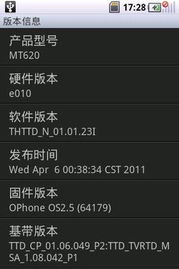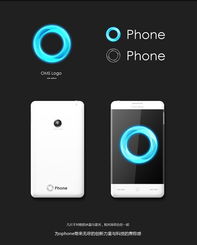Advertising OMS: A Comprehensive Guide for Marketers
Understanding the complexities of advertising can be daunting, especially when it comes to managing multiple campaigns across various platforms. This is where an Advertising Operations Management System (OMS) comes into play. In this detailed guide, we will explore what an Advertising OMS is, its benefits, key features, and how it can revolutionize your marketing efforts.
What is an Advertising OMS?

An Advertising OMS is a software solution designed to streamline and optimize the management of advertising campaigns. It serves as a centralized hub for all advertising activities, allowing marketers to plan, execute, and analyze their campaigns efficiently. By integrating various tools and platforms, an Advertising OMS provides a holistic view of your advertising efforts, ensuring seamless coordination and improved performance.
Benefits of Using an Advertising OMS

Implementing an Advertising OMS can bring numerous benefits to your marketing strategy:
-
Increased Efficiency: An Advertising OMS automates repetitive tasks, such as campaign creation, budget allocation, and reporting, saving you valuable time and resources.
-
Improved Coordination: With a centralized platform, your team can collaborate more effectively, ensuring consistent messaging and cohesive campaign strategies.
-
Enhanced Performance: Real-time analytics and insights enable you to optimize your campaigns for better results, leading to increased ROI.
-
Cost Savings: By streamlining processes and reducing manual labor, an Advertising OMS can help you save on operational costs.
Key Features of an Advertising OMS

When selecting an Advertising OMS, it’s essential to consider the following key features:
-
Campaign Management: The system should allow you to create, manage, and track campaigns across various platforms, including social media, search engines, and display networks.
-
Budget Allocation: With features like budget optimization and forecasting, you can ensure that your campaigns are allocated resources effectively.
-
Performance Analytics: Real-time reporting and analytics provide insights into campaign performance, enabling you to make data-driven decisions.
-
Integration: The Advertising OMS should integrate with other tools and platforms, such as CRM systems, email marketing software, and data management platforms.
-
Collaboration Tools: Features like task assignments, comments, and notifications facilitate team collaboration and communication.
Real-World Examples of Advertising OMS Success
Several companies have successfully implemented Advertising OMS solutions to enhance their marketing efforts:
| Company | Advertising OMS Used | Results |
|---|---|---|
| Company A | AdRoll | Increased ad spend efficiency by 20% and improved ROI by 15% |
| Company B | Adobe Advertising Cloud | Reduced campaign management time by 30% and achieved a 25% increase in ad spend efficiency |
| Company C | MediaMath | Increased campaign performance by 40% and achieved a 30% reduction in ad spend |
How to Choose the Right Advertising OMS for Your Business
Selecting the right Advertising OMS for your business requires careful consideration of several factors:
-
Size and Complexity of Your Campaigns: Ensure that the Advertising OMS can handle the scale and complexity of your campaigns.
-
Integration Capabilities: Choose a system that integrates with your existing tools and platforms to streamline your workflow.
-
Scalability: As your business grows, the Advertising OMS should be able to scale with your needs.
-
Customer Support: Look for a provider that offers reliable customer support and training to help you get the most out of the system.
-
Cost: Consider the total cost of ownership, including licensing fees, implementation, and ongoing support.
In conclusion, an Advertising OMS can

